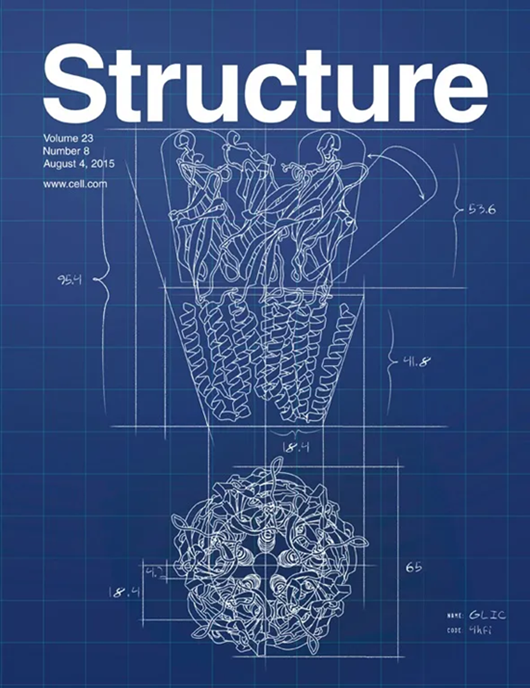Rapid hepatitis C virus replication machinery removal after antiviral treatment with DAA monitored by multimodal imaging
IF 4.3
2区 生物学
Q2 BIOCHEMISTRY & MOLECULAR BIOLOGY
引用次数: 0
Abstract
Hepatitis C virus (HCV) replication causes a profound remodeling of the host endomembrane system. The availability of direct-acting antiviral (DAA) drugs provides an opportunity to define the ultrastructural events that follow viral replication blockade using confocal immunofluorescence, transmission electron microscopy (TEM) as well as correlative cryogenic light-soft X-ray tomography (CLSXT). Study of DAA-treated HCV replicons using CLSXT indicates that HCV-induced membranous alterations are no longer visible after 24 h of treatment and that a component of the replicase is located in pleomorphic, high-absorption contrast acidic organelles. TEM studies confirmed the rapid elimination of the viral machinery, and the concurrent appearance of large endo-lysosomes in DAA-treated cells. These and results by others suggest that HCV replication compartment may constantly be recycled by the endo-lysosomal system and that this equilibrium is unbalanced by DAA treatment, resulting in a transient activation of the endo-lysosomal system to achieve rapid viral machinery removal.

多模态成像监测的DAA抗病毒治疗后丙型肝炎病毒复制机制的快速清除
丙型肝炎病毒(HCV)的复制引起宿主膜系统的深刻重塑。直接作用抗病毒(DAA)药物的可用性为使用共聚焦免疫荧光、透射电子显微镜(TEM)以及相关的低温光软x射线断层扫描(CLSXT)来定义病毒复制阻断后的超微结构事件提供了机会。使用CLSXT对daa处理的HCV复制子的研究表明,在处理24小时后,HCV诱导的膜改变不再可见,复制酶的一个成分位于多型、高吸收的对比酸性细胞器中。透射电镜研究证实了病毒机制的快速消除,并且在daa处理的细胞中同时出现了大型内溶酶体。这些结果和其他人的结果表明,HCV复制室可能不断地被内溶酶体系统循环,这种平衡被DAA治疗所破坏,导致内溶酶体系统的短暂激活,以实现快速的病毒机械清除。
本文章由计算机程序翻译,如有差异,请以英文原文为准。
求助全文
约1分钟内获得全文
求助全文
来源期刊

Structure
生物-生化与分子生物学
CiteScore
8.90
自引率
1.80%
发文量
155
审稿时长
3-8 weeks
期刊介绍:
Structure aims to publish papers of exceptional interest in the field of structural biology. The journal strives to be essential reading for structural biologists, as well as biologists and biochemists that are interested in macromolecular structure and function. Structure strongly encourages the submission of manuscripts that present structural and molecular insights into biological function and mechanism. Other reports that address fundamental questions in structural biology, such as structure-based examinations of protein evolution, folding, and/or design, will also be considered. We will consider the application of any method, experimental or computational, at high or low resolution, to conduct structural investigations, as long as the method is appropriate for the biological, functional, and mechanistic question(s) being addressed. Likewise, reports describing single-molecule analysis of biological mechanisms are welcome.
In general, the editors encourage submission of experimental structural studies that are enriched by an analysis of structure-activity relationships and will not consider studies that solely report structural information unless the structure or analysis is of exceptional and broad interest. Studies reporting only homology models, de novo models, or molecular dynamics simulations are also discouraged unless the models are informed by or validated by novel experimental data; rationalization of a large body of existing experimental evidence and making testable predictions based on a model or simulation is often not considered sufficient.
 求助内容:
求助内容: 应助结果提醒方式:
应助结果提醒方式:


